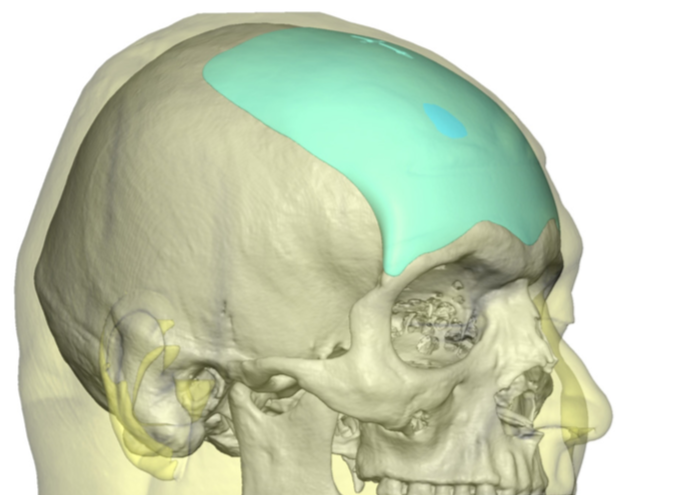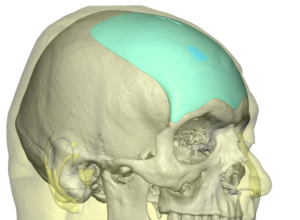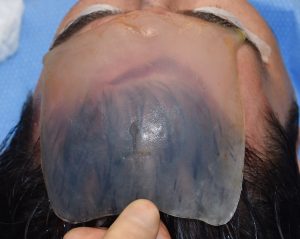Background: There are numerous facial features that define the male face of which the forehead is one of them. Occupying a third of the face the forehead is a dominant male feature that has a more complex topography than it initially seems to have. Besides the brow bones on its lower end, it is taller and broader than the female forehead. It also has a different slope or angulation in profile being slightly recessed or having a backward slope than what is seen in females.
The more prominent brow bone of men creates a bit of a backward forehead slope because of its protrusion below the forehead above it. How much backward slope is acceptable has been studied and is cited to be between 65 and 80 degrees. An unaesthetic sloping forehead has been stated to be when the inclination of the anterior surface of the forehead is greater than two standard deviations from the mean….which basically means less than 55 or 60 degrees. In the end, however what matters is how the patient interprets the shape/slope of their forehead.
In correcting the unaesthetic sloped male forehead, the ideal technique is a custom forehead implant designed from the patient’s 3D CT scan. This permits optimal control of the forehead shape as well as allows the augmentation to be done with the smallest incision. Its also allows one to have complete control of the slope of the forehead in the implant’s design. Thus the key question is how much forehead slope correction is acceptable to the patient.

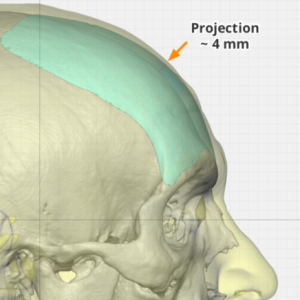
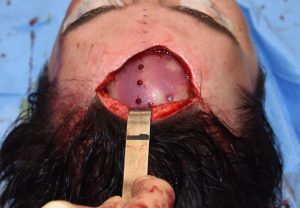
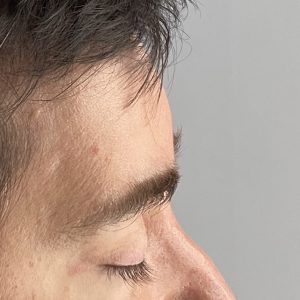
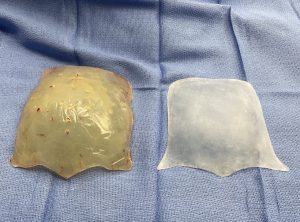
Case Highlights:
1) Changing the slope of the male forehead is best done by a custom forehead implant with optimal control of the contour change.
2) How much forehead slope change a patient will be find acceptable can not be precisely predicted beforehand.
3) A custom forehead implant design, once the effects are known, can be changed to a forehead slope change that the patient finds optimally beneficial.
Dr. Barry Eppley
Indianapolis, Indiana

